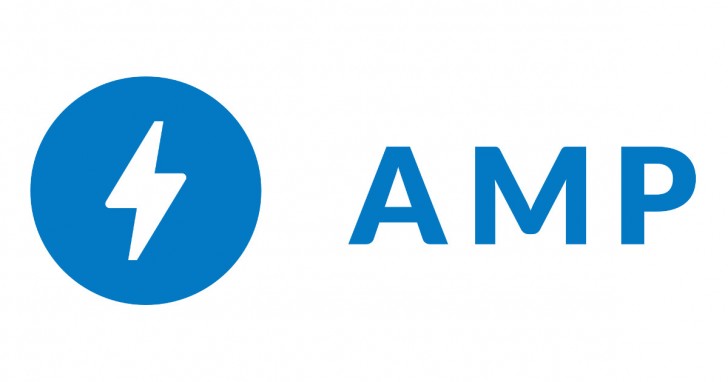Google is reportedly working on a new visual publication structure for the media sector similar to Snapchat Discover, but based on its own AMP technology. The product will be named ‘Stamp’ – the ‘St’ refers to ‘Stories’ – and the Stamp and will be placed beneath the search bar along with the list of recommended websites and new stories. The Stamp will allow news publishers to build Snapchat-style stories that are part of the search engine.
AMP refers to Accelerated Mobile Pages that work primarily by taking the minimum text from a single article and loading them on a mobile browser after eliminating the comments section. This works much faster, but a few users who prefer the comment section may not be big fans of AMP.
The advantage of AMP is that it accepts content in any form, loads fast, is uncluttered and features advertisements that Google controls.
Snapchat should be happy that Google and Facebook are both mimicking its features, but that’s not necessarily a good thing. Facebook already poses a threat to the app with its Instagram Stories, which recently surpassed Snapchat in terms of active users and average time spent.
On Google-owned Stamp, news publishers can run their stories, encompassing text, photos and videos, which is very similar to Snapchat’s Discover section. The only difference with Stamp is that it will not be a specially designated app; instead, it will be shown in Google’s search bar. In other words, Stamp stories will be fully integrated with Google Search rather than being served via a special app for the purpose.
That’s very different from Facebook’s Instant Articles, which is served on a different channel from the News Feed.
A recent WSJ report says that Google is already talking with CNN, The Washington Post, Time, and Vox Media, among others. (Vox Media is the parent company of The Verge.) “Ever since the beginning of AMP we’ve constantly collaborated with publishers, and are working on many new features,” a Google spokesperson told the WSJ.
Google and Facebook are both working towards positioning their primary platforms to provide all the information that the average user is looking for – Google through its massive search engine user base and Facebook through its 2-billion-strong social network.
Google is trying to make a stand against Facebook and Snapchat, to some extent, by encouraging publishers to create their own stories for its custom product. At this point, the revenue-sharing model between Google and its publishers is not clear. We also don’t know if Google will be permitting publishers to re-post their custom stories on their own websites or on other media platforms like Facebook.
What’s happening is very clear: Snap Inc. created a monster with its Stories functionality, and it looks like this is going to be what mainstream news media looks like in the future. Google and Facebook have now realized this, and are aggressively opening their wallets and their genius minds to exploring how to profit from this trend.
Does this leave Snapchat in the dust? Possibly. But it’s far too early to discount Snapchat’s power to reach millennials – something that neither Facebook nor Alphabet have been able to do in a meaningful way.
It seems that Stories is the new News.



